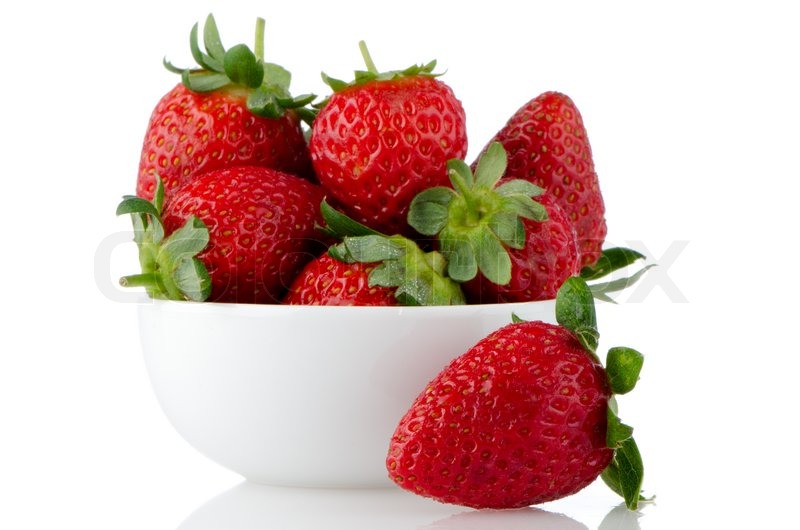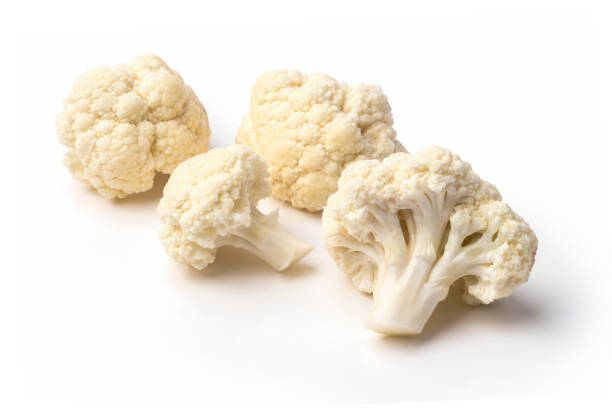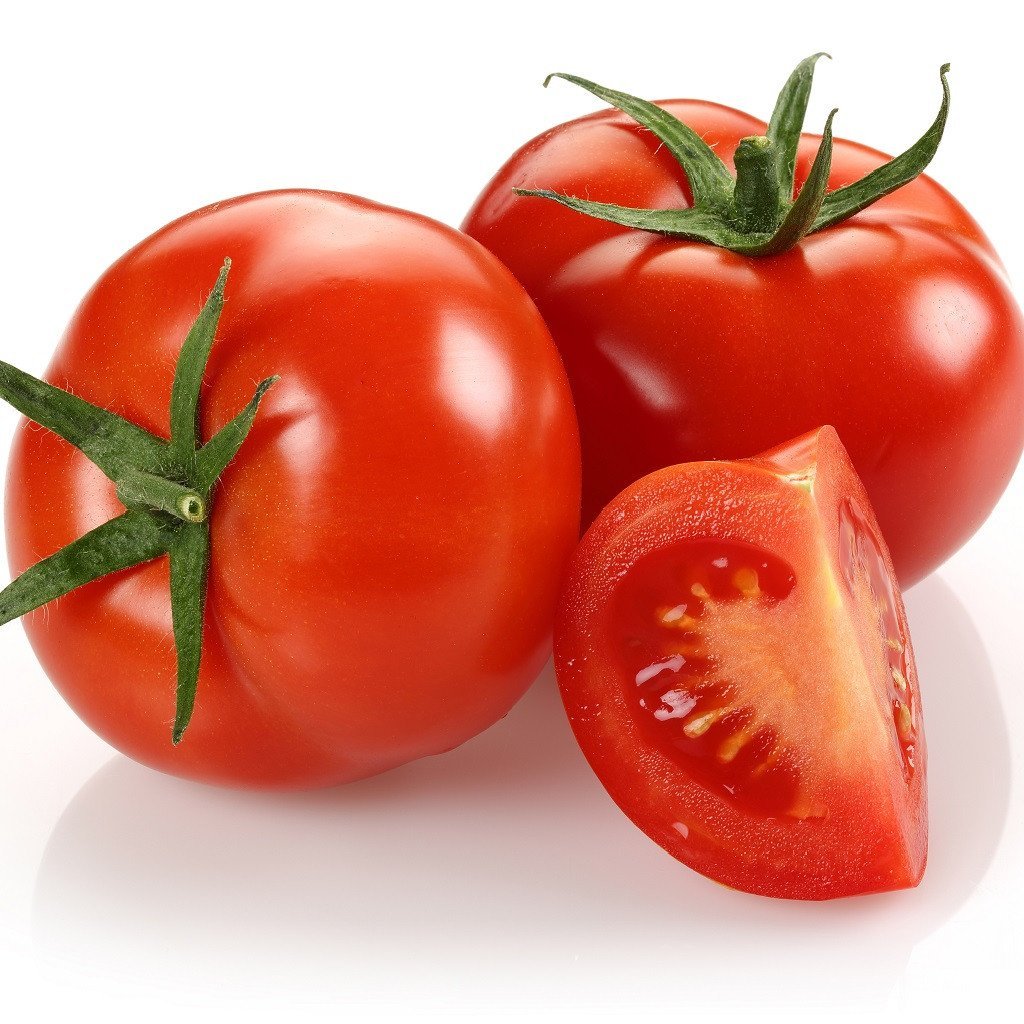What is Vitamin C
Vitamin C, also known as L-ascorbic acid, is a water-soluble vitamin found naturally in some foods, added to others, and available as a dietary supplement. Humans, unlike most animals, are not able to endogenously synthesize vitamin C, so it is a key dietary ingredient. Vitamin C dissolves in water and is transported to the tissues of the body but is not stored, so it must be taken daily through food or supplements.
Properties and Functions of Vitamin C in our body:

Collagen Biosynthesis
Vitamin C helps the body produce collagen, a protein that binds cells together and is the building block of connective tissue throughout the body. Collagen is critical for the formation and health of the skin, cartilage, ligaments, corneas and other tissues and structures of the body. Vitamin C is also believed to promote faster healing of wounds and injuries due to its role in collagen production.

Neurotransmission and synthesis of Hormones
Vitamin C is critical for the conversion of certain substances into neurotransmitters, brain chemicals that facilitate the transmission of nerve impulses through a synapse (the space between neurons or nerve cells). Neurotransmitters such as serotonin, dopamine and norepinephrine are responsible for the proper functioning of the central nervous system and a deficiency of neurotransmitters can lead to psychiatric illness. Vitamin C also helps the body produce adrenal hormones.

Strengthening the immune system
Vitamin C acts beneficially and multifactorially on the cellular functions of the immune system. Vitamin C as a cofactor for many biosynthetic and gene regulatory enzymes plays a key role in its immunomodulatory effects. Vitamin C increases the production of white blood cells, stimulates the migration of neutrophils to the site of infection, enhances phagocytosis and the production of oxidants to kill germs. At the same time, it protects our tissues from excessive damage by enhancing apoptosis and clearing neutrophils from macrophages, reducing necrosis.

Antioxidant action
When our body is exposed to environmental pollution, cigarette smoke, ultraviolet radiation or is in the process of fighting bacteria and viruses, free radicals are produced in our body. They are also produced under normal conditions, as natural by-products of cellular processes. Free radicals are produced to a small extent even in physical exercise, in order to induce the beneficial properties of exercise such as the sensitization of muscle fibers to insulin. Free radicals are unstable molecules that lack electrons and "steal" them from other cells in the body causing damage (DNA, cell membranes and other parts of the cells). Vitamin C, acts as an electron donor, inactivates free radicals "sacrificing" its electrons and thus protects the cells of our body from damage and "oxidative stress"

Allergy and asthma relief
Vitamin C is present in the respiratory surfaces of the lungs, and insufficient levels of vitamin C have been associated with bronchial stenosis and decreased lung function. Some studies have linked vitamin C supplementation to relieving asthma symptoms, but the results were unclear and further studies are needed.

Cataract prevention
Long-term studies on vitamin C supplementation and cataract development have shown that vitamin C supplementation significantly reduces the risk of cataracts, especially among women. A study published in 2002 found that adequate vitamin C intake in women under 60 reduced the risk of cataracts by 57%.
How much vitamin C do we need per day?
According to the National Institutes of Health, the recommended daily allowance of vitamin C depends on age and gender.

| Age | Male ♂ | Female ♀ |
|---|---|---|
| 0-6 months | 40 mg | 40 mg |
| 7-12 months | 50 mg | 50 mg |
| 1-3 years | 15 mg | 15 mg |
| 4-8 years | 25 mg | 25 mg |
| 9-13 years | 45 mg | 45 mg |
| 14-18 years | 75 mg | 65 mg |
| 19 years and above | 90 mg | 75 mg |
| Smokers | +35 mg | +35 mg |
Foods rich in vitamin C
Plant Origin

1 cup boiled broccoli (150 g)
97 mg | 54 calories

100 g red sweet pepper raw, 1/2 cup
95 mg | 24 calories

100 g raw green pepper, 1/2 cup
80 mg | 21 calories

1 medium orange (150 g)
80 mg | 70 calories

1 medium kiwi (70g)
65 mg 45 calories

15 medium strawberries (100 g)
59 mg | 33 calories

1 cup boiled cauliflower (125 g)
55 mg | 28 calories

1/2 grapefruit (123 gr)
38 mg | 50 calories

1 medium tomato (181 gr)
23 mg | 33 calories

1 cup boiled peas (150 g)
16 mg | 125 calories
Vitamin C in disease prevention

Vitamin C is essential for the growth and maintenance of connective tissue. It plays an important role in bone formation, wound healing and maintaining healthy gums. Vitamin C plays an important role in a number of metabolic functions, including
- activation of vitamin B and folic acid
- the conversion of cholesterol to bile acids and
- of the conversion of the amino acid tryptophan to the neurotransmitter serotonin
It is an antioxidant that protects the body from free radical damage. It is used as a therapeutic agent in many diseases and disorders.

Vitamin C
- protects the immune system
- reduces the severity of allergic reactions
- and helps fight infections.
However, the importance and beneficial effect of vitamin C in human diseases such as cancer, atherosclerosis, diabetes, neurodegenerative diseases, and metal toxicity remain ambiguous.

Our body needs vitamin C for its normal functions. Vitamin C helps in the synthesis and metabolism of tyrosine, folic acid and tryptophan, hydroxylation of glycine, proline, lysine carnitine, and catecholamine.
Vitamin C facilitates the conversion of cholesterol to bile acids and therefore lowers blood cholesterol levels. It also increases the absorption of iron in the intestine.
As an antioxidant, it protects the body from various harmful effects of free radicals, pollutants, and toxins.

The therapeutic effect of vitamin C was investigated by Linus Pauling, who was the first to introduce the concept of high doses of vitamin C for the treatment of various diseases (eg colds). Since then, large doses of vitamin C have been widely used in the treatment and prevention of a large number of disorders such as:
- diabetes
- atherosclerosis
- the common cold
- cataract
- glaucoma
- macular degeneration
- the stroke
- heart disease, cancer, and so on.
This approach, however, has been the subject of much debate in the scientific community since its publication.
Symptoms of vitamin C deficiency

Vitamin C deficiency leads to scurvy. The time needed for scurvy to develop varies depending on the vitamin C stores in the body, but the signs may appear within 1 month of little or no vitamin C intake (less than 10 mg / day).
Early symptoms may include fatigue (possibly the result of reduced carnitine biosynthesis), malaise, and inflammation of the gums. As vitamin C deficiency progresses, collagen synthesis weakens and connective tissues weaken, causing pimples, bruises, purpura, joint pain, poor wound healing, hyperkeratosis, and helical hair.
Additional signs of scurvy include depression as well as swollen, bleeding gums and loosening or loss of teeth due to fragility of tissues and capillaries. Iron deficiency anemia can also occur due to increased bleeding and decreased absorption of non-heme iron due to low vitamin C intake. In children, there may be bone disease. Left untreated, scurvy is deadly.
- Fatigue
- Sickness
- Φλεγμονή των ούλων
- Μειωμένη σύνθεση κολλαγόνου
- Πόνος στις αρθρώσιες
- Κακή επούλωση τραυμάτων
- Κατάθλιψη
- Αναιμία λόγω χαμηλής απορρόφησης σιδήρου
Who is at risk for vitamin C deficiency
Vitamin C deficiency is not common enough in developed countries as most people get enough vitamin C through their diet. However there are some groups of people who are more likely to not get enough vitamin C. These are
- Smokers and passive smokers
- Babies fed exclusively with evaporated milk or boiled milk
- People with a restricted diet (picky eaters)
- People with difficulty absorbing vitamins and people with chronic diseases
Symptoms of Vitamin C Excessive Intake
Symptoms of Vitamin C Excessive Intake
- Diarrhea
- Abdominal cramps
- Nausea
- Increased iron absorption
- Possible involvement in the growth of kidney stones
Vitamin C has low toxicity and does not cause serious adverse effects at high intakes. The most common complaints are diarrhea, nausea, abdominal cramps, and other gastrointestinal disorders due to the osmotic effect of unabsorbed vitamin C in the gastrointestinal tract.
A high intake of vitamin C also has the potential to increase the excretion of oxalic and uric acid in the urine, which could contribute to the formation of kidney stones, especially in people with kidney disorders. However, studies evaluating the effects on urinary oxalate excretion from vitamin C intake ranging from 30 mg to 10 g / day have had conflicting results, so it is unclear whether vitamin C really plays a role in kidney stone growth.
Due to the enhanced absorption of iron by vitamin C, a theoretical concern is that a high intake of vitamin C may cause excessive iron absorption. In healthy people, this does not seem to be a concern. However, in people with hereditary hemochromatosis, chronic consumption of high doses of vitamin C could worsen iron overload and lead to tissue damage.
The FNB has established a UL (maximum tolerable limit) for vitamin C that applies to both food intake and supplements. Long-term intake of vitamin C above the UL may increase the risk of adverse health effects. ULs do not apply to people taking vitamin C for medical treatment, but these people should be under the supervision of a doctor.
Maximum allowable daily intake of vitamin C

| Age | UL |
|---|---|
| 1-3 years | 400 mg |
| 4-8 years | 650 mg |
| 9-13 years | 1200 mg |
| 14-18 years | 1800 mg |
| 19 + | 2000 mg |
Sources & References
- Vitamin C - Harvard T.C. Chan -School of Public Heath
- Vitamin C Fact Sheet - The University of North Dakota
- Vitamin C Health Professionals Fact Sheet - USA National Institute of Health
- Carr AC, Maggini S. Vitamin C and Immune Function. Nutrients. 2017;9(11):1211. Published 2017 Nov 3.
- STAYING HEALTHY Understanding antioxidants- Harvard Health Publishing
- Chambial S, Dwivedi S, Shukla KK, John PJ, Sharma P. Vitamin C in disease prevention and cure: an overview. Indian J Clin Biochem. 2013







